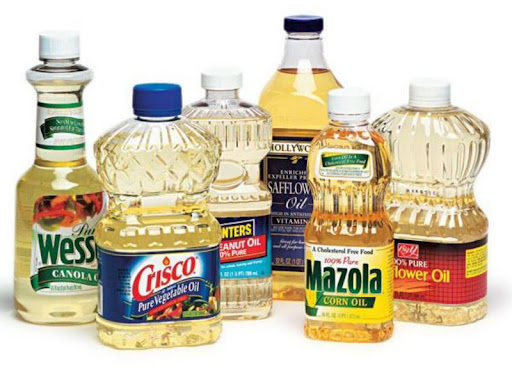Source: Link Testing Instruments Co.,Ltd.

What properties of edible oil plastic barrels should we focus on?
(1) Barrier properties • Barrier capacity to oxygen and water vapor in the environment - verified through oxygen permeability and water vapor permeability tests. If the oxygen permeability or water vapor permeability of the packaging material is large (i.e. poor barrier properties), it is easy to cause the oil components to be oxidized and become rancid, and the moisture content of the edible oil increases, resulting in quality problems such as increased.
(2) Physical and mechanical properties • Pressure resistance - further verify whether the edible oil plastic barrels will break during the stacking process or when squeezed by external forces through pressure resistance (such as vertical load pressure) related tests. • Drop resistance - further verify whether the oil barrel will break when it falls from a certain height through drop resistance related tests. • Opening force - by using a tensile testing machine to test the opening force of the bottle cap or inner cover pull ring, verify the maximum force required to open the oil barrel bottle cap, and facilitate users to open it while ensuring good sealing performance.
(3) Hygienic performance • Hygienic indicators of PET molded products - through the evaporation residue, potassium permanganate consumption, heavy metal, antimony content, and decolorization test, verify whether the PET oil barrel contains harmful organic small molecules, heavy metals and other substances, to prevent these harmful substances from migrating into the edible oil during the storage process of the edible oil and affecting the health of consumers.
What characteristics should we pay attention to when bagged instant noodles packaging materials enter the factory?
(1) Barrier properties • Barrier properties to oxygen and water vapor in the environment - verified by oxygen permeability and water vapor permeability tests to prevent the packaging material from getting moldy or losing its crispness due to high permeability and poor barrier properties. • Kneading resistance - For composite films containing aluminum (such as aluminized films, aluminum foils, etc.), the oxygen permeability before and after kneading is tested for comparison and verification. If the kneading resistance is poor, creases and pinholes are likely to appear, causing the barrier properties of the packaging material to decrease.
(2) Physical and mechanical properties • Thickness uniformity - verified by testing the packaging thickness. Thickness uniformity is the basis for ensuring good packaging performance. • Puncture resistance - verified by puncture resistance test to prevent the packaging material from breaking due to poor puncture resistance. • Slipperiness - verified by friction coefficient test to prevent the packaging material from being difficult to unwind or slipping due to excessively large or small friction coefficients.
(3) Hygienic performance • Organic solvent residue - verified through solvent residue test. If the solvent residue is too much, the packaging film will have an odor, and the residual solvent will easily migrate into the packaged instant noodles, causing the instant noodles to have an odor, affecting the health of consumers.
What properties should we pay attention to when packaging materials for pastries with high fat content enter the factory?
(1) Barrier properties • Barrier properties to oxygen and water vapor in the environment - verified by oxygen permeation and water vapor permeation tests to prevent the packaging material from becoming moldy or rancid due to high permeation and poor barrier properties. • Rub resistance - For composite films containing aluminum (such as aluminum-plated films, aluminum foils, etc.), oxygen permeation tests before and after rubbing are compared and verified. If the rubbing resistance is poor, creases and pinholes are likely to appear, causing the barrier properties of the packaging material to decrease. • Barrier properties to nitrogen in the package (nitrogen-filled packaging) - verified by nitrogen permeation tests to prevent the packaging material from having poor barrier properties to internal gases (i.e., high permeation), which may lead to a decrease in the nitrogen content in the nitrogen-filled packaging.
(2) Physical and mechanical properties • Thickness uniformity - verified by testing the packaging thickness. Thickness uniformity is the basis for ensuring good packaging performance. • Grease resistance - By comparing the tensile strength, elongation and elastic modulus of the packaging materials of the packaged pastry bags and the unpackaged pastry bags, we can prevent the packaging materials from having oil seepage and poor packaging flexibility due to poor grease resistance. • Slipperiness - Verified by the friction coefficient test, we can prevent the packaging materials used for pastries from being difficult to unwind or slipping due to excessive or low friction coefficients.
(3) Hygienic performance • Organic solvent residue - Verified by the solvent residue test. If the solvent residue is too much, the packaging film will have an odor, and the residual solvent will easily migrate into the packaged pastries, causing the pastries to have an odor, affecting the health of consumers.
For more details please visit www.linktesting.org